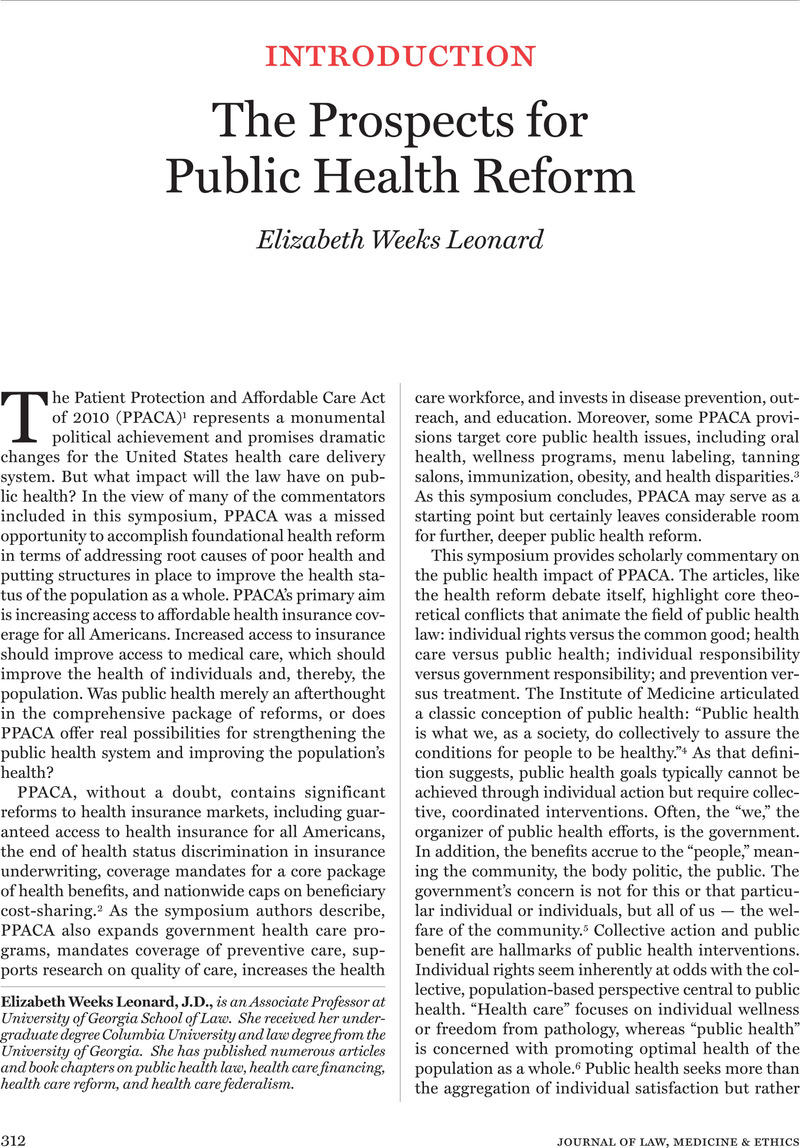Crossref Citations
This article has been cited by the following publications. This list is generated based on data provided by Crossref.
Levin, Jeff
2018.
Healthcare Reform ≠ Public Health Reform: On Pathogens, Poverty, and Prevention.
Global Advances in Health and Medicine,
Vol. 7,
Issue. ,



